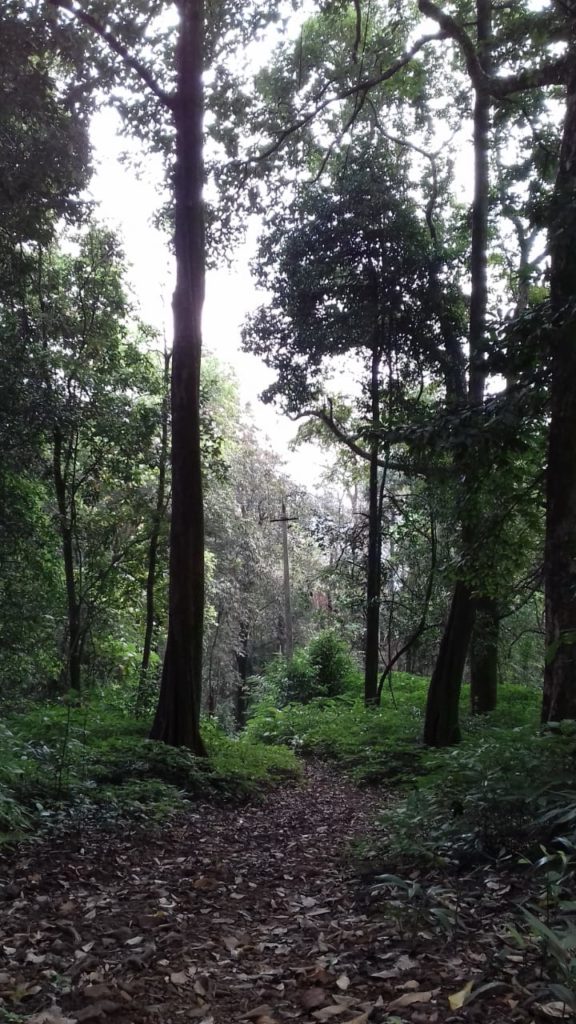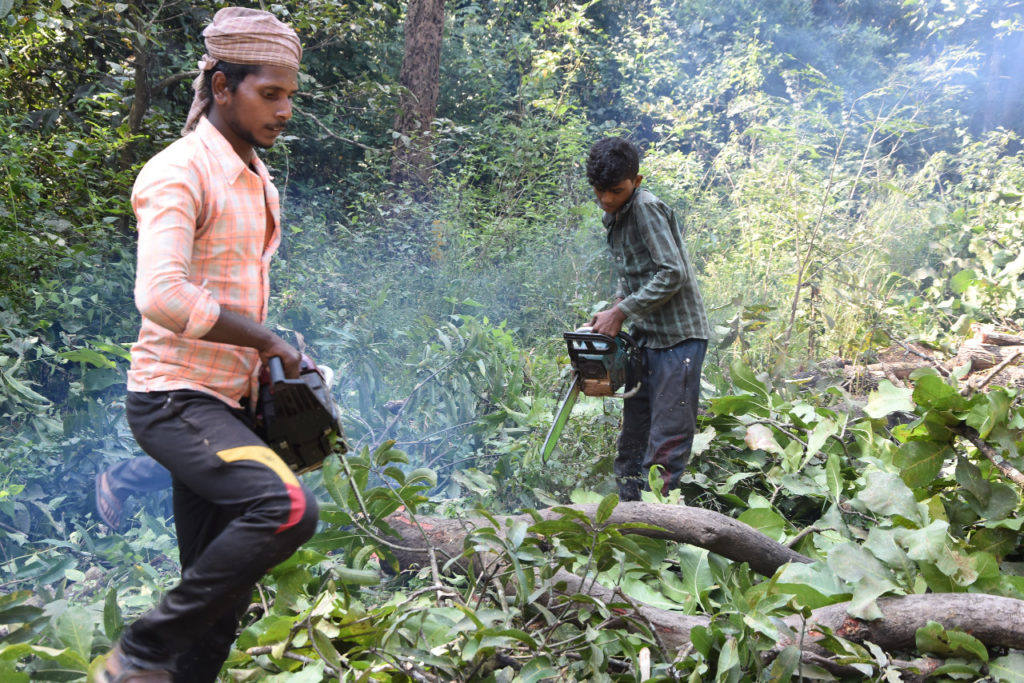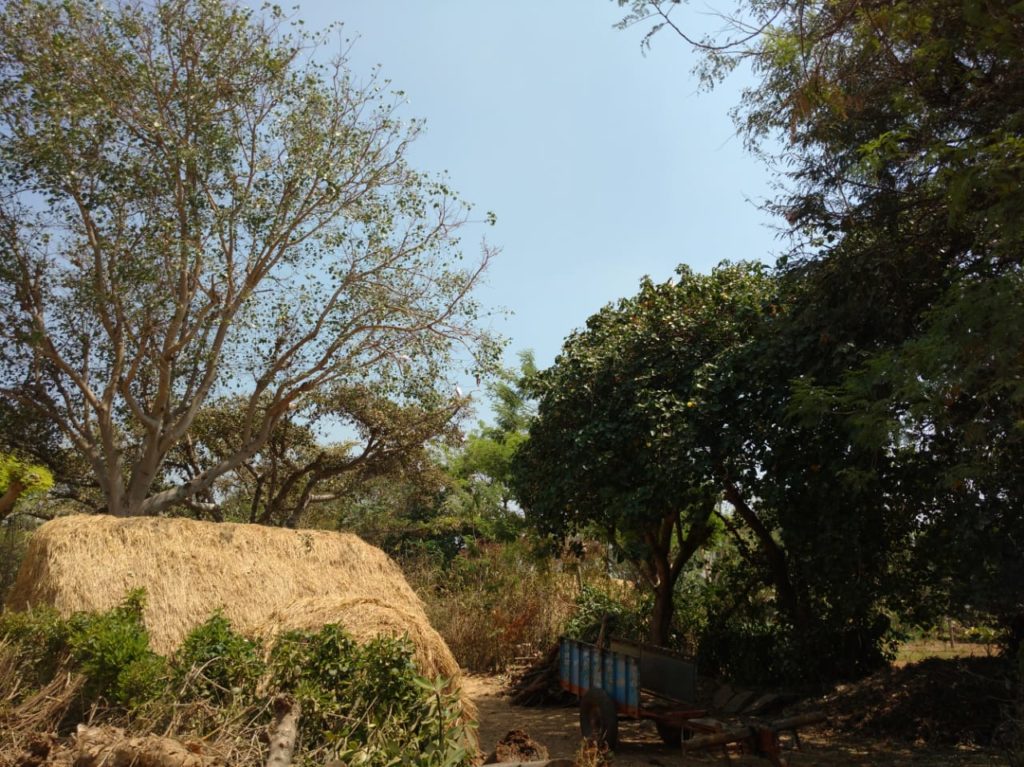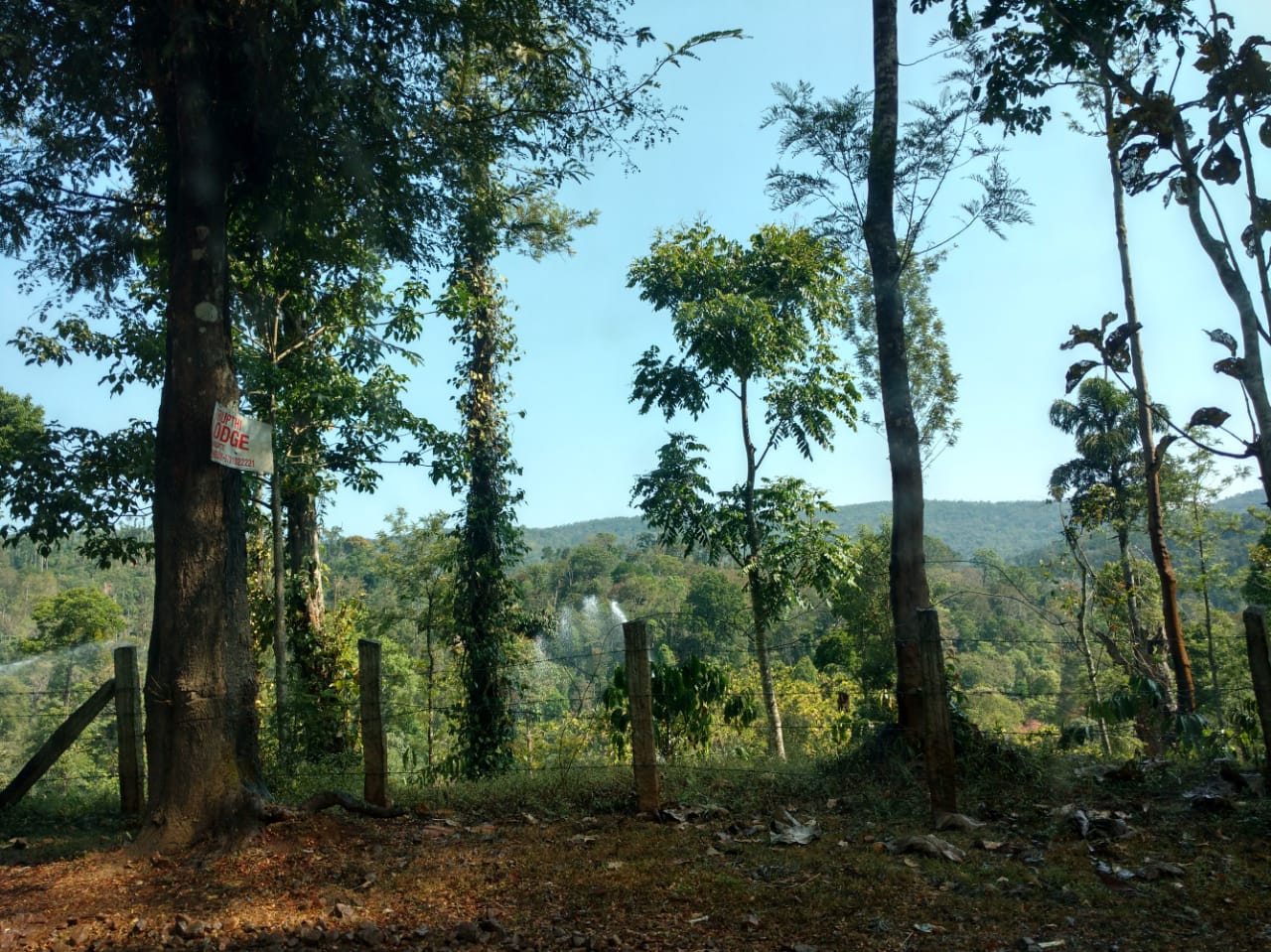Meera Bhardwaj
Is the state government’s ambitious tree planting program for farmers promoting monoculture in Karnataka? Aiming to increase the green cover in non-forest areas, it aims to distribute one crore saplings every year.
The Krishi-Aranya Prothsaha Yojane (KAPY) was basically taken up to increase the state’s green cover by giving incentives to farmers to take up tree plantation on their farm lands. But environmentalists allege that the KAPY scheme is promoting mono-culturing while forest officials deny it.
Under the KAPY scheme, the government has spent more than Rs 11 crore during 2011-18. During this period, 70,000 farmers were involved in this program and 10 crore saplings distributed. Forest officials say the scheme drew good response from farmers who planted ‘few tree species’ on their lands specific to that region.
The KAPY scheme was launched from 2011 and in the initial years, the demand for seedlings was not as much, but in the last few years the demand for planting tree species even across their entire farm land has grown. As per the guidelines of the program, the farmers, public and NGOs may obtain the seedlings at subsidized rates at nearest nurseries of the forest department and incentives are given to the farmers to encourage them to grow native tree species on their lands.

FAVORING FEW SPECIES
Activists say that as per RTI information collected on the KAPY implementation, it reveals that the farmers have utilized funds for planting species like silver oak in some ranges, while it is used for teak/acacia in other areas. This, activists say, is likely to result in monoculturing. Further, as per National Forest policy, only forest species should be provided to farmers for increasing the state’s green cover and not just timber species.
A perusal of RTI documents reveal planting of only 2-3 species in every range. For instance, in Devanahalli Range, a non-native species, silver oak, has been preferred by farmers and so, 24,052 saplings were given to an estimated 52 farmers during 2011-18.
In comparison, Mundgod Range in Uttar Kannada district preferred only teak species. Hence 107 farmers were provided 70,439 saplings during 2011-18. In Shivamogga district, farmers in Ayanur Range have preferred only teak/acacia and 44,623 saplings were distributed to 143 farmers during 2012-15 while data is not available for 2016-18.

FARMERS’ DEMAND
In and around Bengaluru district, the demand was only for silver oak as returns are guaranteed within 8-10 years. If it is Jackfruit in Western Ghats, it is silver oak in coffee growing areas. Farmers have even been placing demand for mango while in Shivamogga, it is acacia. A substitute for teak, acacia is as hard as teak and in 10 years the farmer expects to get his returns.
In Mandya and Mysuru, the demand is for Hebebevu (Melia dubia), a native timber species while in Yelandur, farmers have taken four species – teak, silver oak, hebebevu and sandal. However, nowhere, the same species has been planted across ranges, say officials and add, “If it is the entire belt, then it becomes mono-culturing. In Karnataka, farmers have taken to a variety of species while in AP, they plant only 2-3 species like Eucalyptus, casuarina and subabul.”
NEED FOR REVIEW
R S Tejus, activist says, “Crores of rupees have been spent in raising non-forest species in the state. If this is the story behind forest cover expansion by not only encouraging mono-culturing but also providing non-forest species like acacia and silver oak, then this project needs to be scrapped or seriously go in for a review.”
Tree expert Vijay Nishanth adds, “Although the scheme is very good but its implementation will definitely lead to mono-culturing. This will result in spread of plant pathogens, fungal infections, and decrease in moisture content in the atmosphere. The project aim was to popularize native species to increase the forest cover and not just get money value from fast/easy growing species. We need to educate the farmers before taking up such programs that will have a wide ranging effect on the ecology.”

CHANGING MINDSETS
Denying claims of activists, forest officials say the demand for species has varied from region to region and there is no threat of monoculturing.
While the farmers’ demand has been for silver oak or teak or acacia in central and southern districts of the state, the farmers in the northern and eastern districts have been demanding Sandalwood/Red sanders or Hebbevu or Neem. Depending on the farmers’ demand and their needs, specific species are provided and usually the farmers look for money value and its difficult to change their mindset, officials say.
Further, officials add that farmers want only ‘timber species’ as it gives them an additional income which is a preferred choice, with droughts and floods occurring every other year. It is not easy to change the mindset of farmers and what we need is a concerted educational campaign to change their attitude . It is easy to talk but on the ground level persuading even one or two farmers to go in for a suitable and non- timber species is impossible. Let NGO groups and activists come forward and take up this task to educate the farmers, they assert.
THE KAPY SCHEME
The scheme involves growing trees along with agricultural crops either on the bunds or all along the boundaries or inter-cropping or along the water bodies where ever it is convenient to grow tree species. But many farmers have preferred growing tree species across their entire agriculture land.
INCENTIVES PROVIDED
Under this scheme, a farmer can grow 400 forest trees per hectare on his land. The farmer is given an incentive of Rs. 100 per plant over a period of three years on surviving plants. The incentive was increased from Rs. 45 to Rs.100 per tree during 2017-18.


Comment here